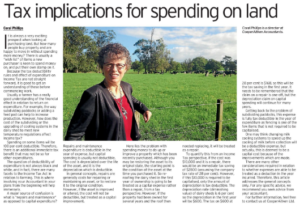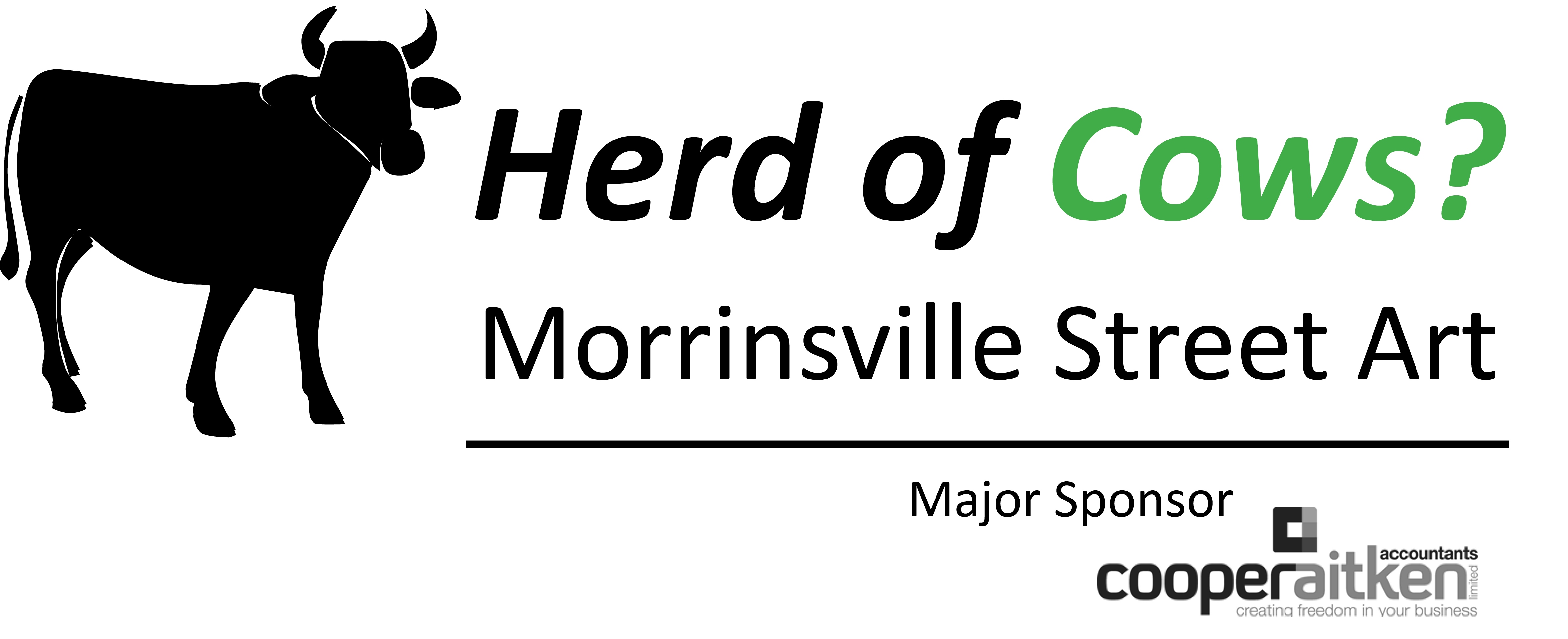It is always a very exciting prospect when looking at purchasing land.
But how many people buy property and are happy to move in without spending more money? There is usually a “wish list” of items a new purchaser is keen to spend money on, and put their own stamp on it.
Because the tax deductibility rules and effect of expenditure on Income Tax are not straight forward, it is good to get an understanding of these before commencing work.
Usually a farmer has a really good understanding of the financial effect in relation to return on expenditure. For example, the way subdividing paddocks or adding a feed pad can help to increase production. However, how does the cost of the subdividing or the upgrading of cooling systems in the dairy shed to meet new temperature regulations affect income tax?
Spending on some items will be 100% deductible. Therefore, there is an additional immediate tax benefit that may not be so for other expenditures.
The question of deductibility of expenditure is not always black and white, and in fact, there are many facets to the Income Tax Act in relation to farming. This is where involving your Accountant in your plans from the beginning will help immensely.
A major source of confusion is what is “repairs and maintenance” as opposed to capital expenditure? Repairs and maintenance expenditure is deductible in the year of expense, but capital spending is usually not deductible. The cost is depreciated over the life of the asset, and it is the depreciation which is deductible.
In general concepts, repairs are generally costs for repairing or maintaining an asset, or to restore it to the original condition. However, if the asset is improved or altered, the cost will not be deductible, but treated as a capital improvement.
Here lies the problem with spending money to do up or improve a property which has been recently purchased. Although you may be restoring the asset to its original state, the starting point is the condition of the asset at the time you purchased it. So re-roofing the dairy shed in the first year of ownership is going to be treated as a capital expense rather than a repair, from a tax perspective. However, if the property had been owned for several years and the roof then needed replacing, it will be treated as a repair.
To quantify this from an Income Tax perspective, if the cost was $10,000 and it is a repair, there would be an immediate tax saving of $2,800 (assuming the company tax rate of 28%). However, if this $10,000 is required to be capitalised, only the amount of depreciation is tax deductible. The depreciation rate (diminishing value) of dairy sheds is 6% so the depreciation in the first year will be $600. The tax on $600 at 28% is $168, so this will be the tax saving in the first year. It needs to be remembered that the claim on a repair is one-off, but the depreciation claim on capital spending will continue for many years.
Getting back to the problem of subdividing paddocks, this expense is fully tax deductible in the year of expenditure as fencing is one of the few items that is not required to be capitalised.
One may think changing milk cooling systems to speed up the cooling of milk before collection will be a deductible expense, but actually, this is deemed to be a capital cost because of the improvements which are made.
There are many other considerations required in relation to whether expenses are able to be treated as a deduction in the year incurred. Therefore, this article addresses the general concepts only. For any specific advice, we recommend you seek advice from your Accountant.
For further information, please feel free to contact our team at CooperAitken Ltd.

Coral Phillips Director CooperAitken Accountants




